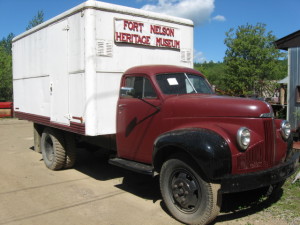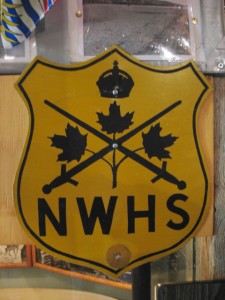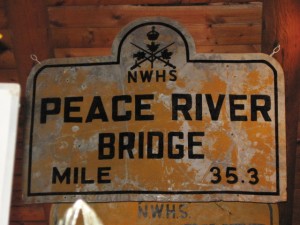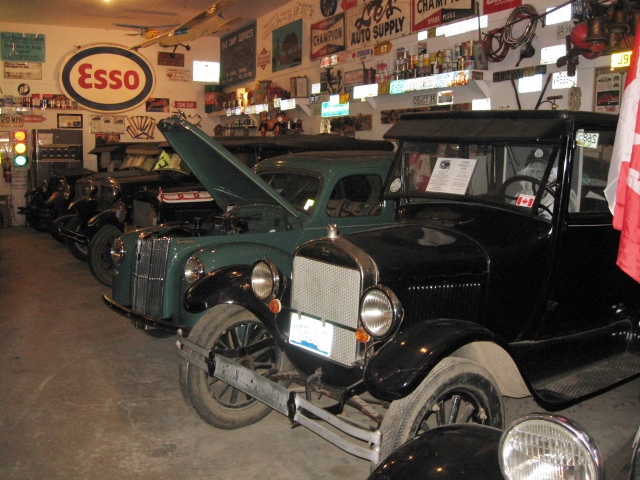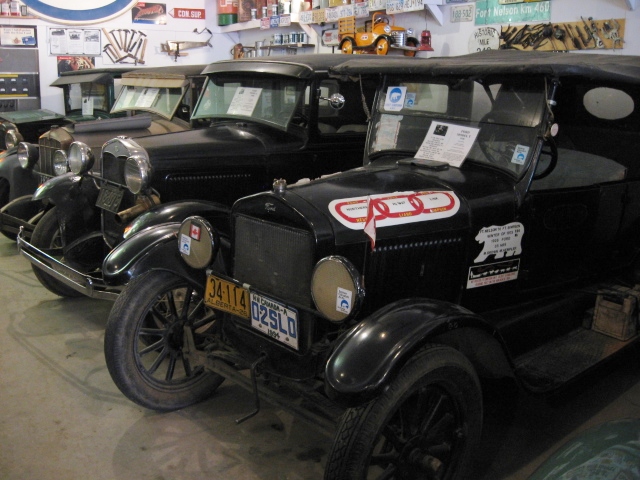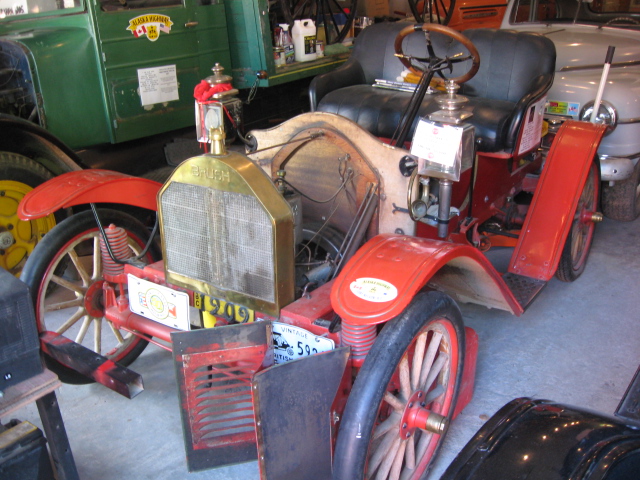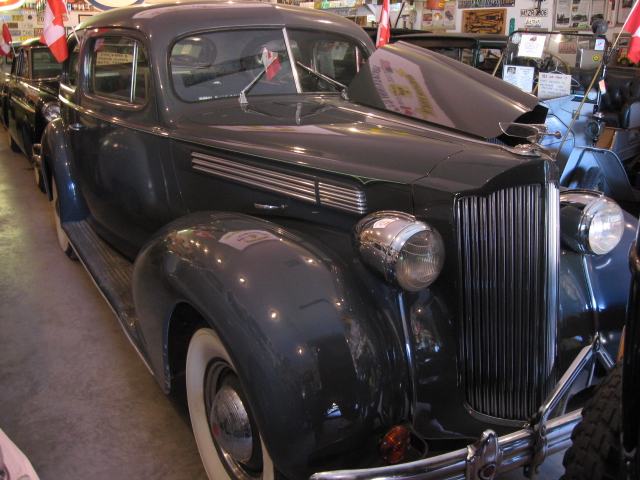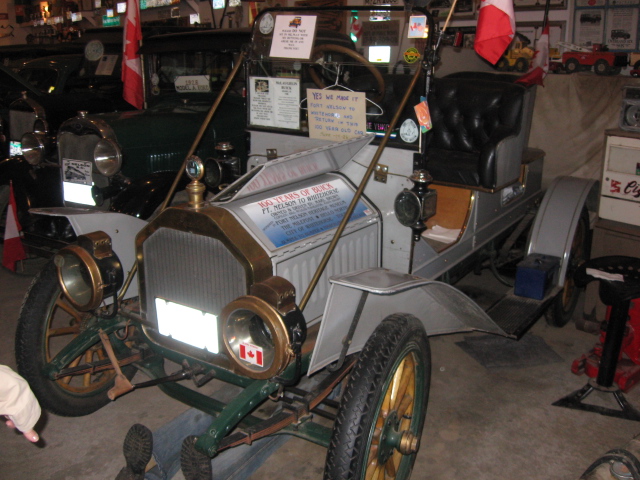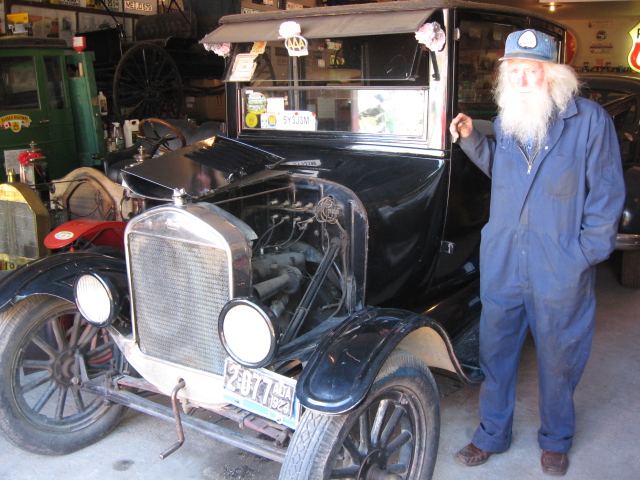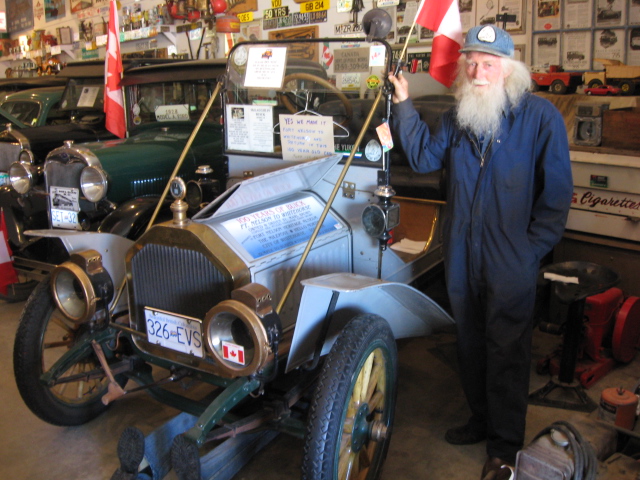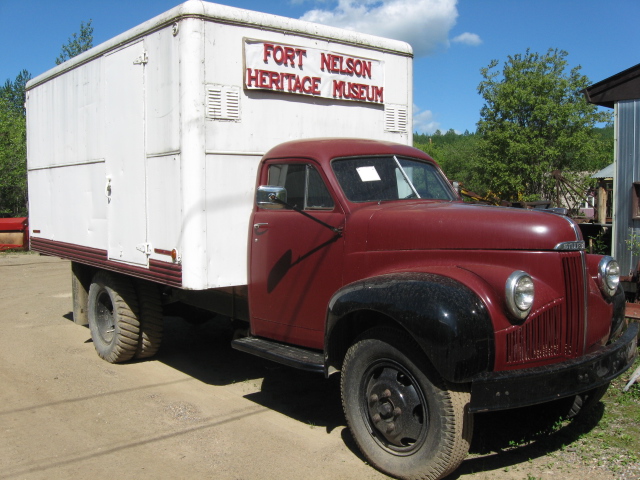
Fort Nelson
A great museum on the Alaska Highway Updated June 2022
Many tourists travel to Alaska and northern Canada along the Alaska Highway each summer. Unfortunately, some people rush along the route without stopping to see much due to a shortage of time. However, the lucky people who have the time, stop to see many beautiful and historical sites along the way. One such site is the Fort Nelson Museum.
This old Studebaker truck advertises the Fort Nelson Museum
The Alaska Highway
Fort Nelson was a remote fur trading post from 1805 until 1941. The town changed dramatically during WW II with the building of the Alaska Highway. The American Army built the highway because of a fear of Japanese invasion. Japan did attack Hawaii, and they occupied a couple of islands in Alaska.
In 1946, Canada took control of the Canadian portion of the Alaska Highway. What I learned at the museum was a surprise to me. The Alaska Highway became the responsibility not of the Canadian government nor the government of British Columbia or the Yukon but to the Canadian Army. I was in the Canadian Army for many years but never knew about the existence of the Northwest Highway System as a part of the Army. The soldiers of the Royal Canadian Engineers maintained the highway.
The highway opened to civilian traffic In 1948, but few people made the arduous trip. The Army maintained the highway for 18 years. They turned it over to the Canadian government in April 1964.
The Alaska Highway Today
Today, the Canadian province of British Columbia owns the first 82.6 miles (132.9 km) of the highway. This was the first portion to be paved (during the late 1960s and 1970s). Public Works Canada manages the highway from Mile 82.6 (km 133) to Mile 630. The Yukon government maintains the highway from Mile 630 at the Yukon border to the U.S. border at Mile 1221. The State of Alaska owns the highway within that state (Mile 1221 to Mile 1422).
The final section of dirt road was paved in 1992. Today it is a long but relatively easy drive, and thousands of people make the trip every summer, mostly Americans from the lower 48 states but also many Canadians. Some rough sections need repair, but any vehicle in good mechanical condition can make the trip. Some people rush there and back in less than a month, but you need most of the summer to have a leisurely trip. It was a great experience, and I highly recommend it.
The Fort Nelson Museum
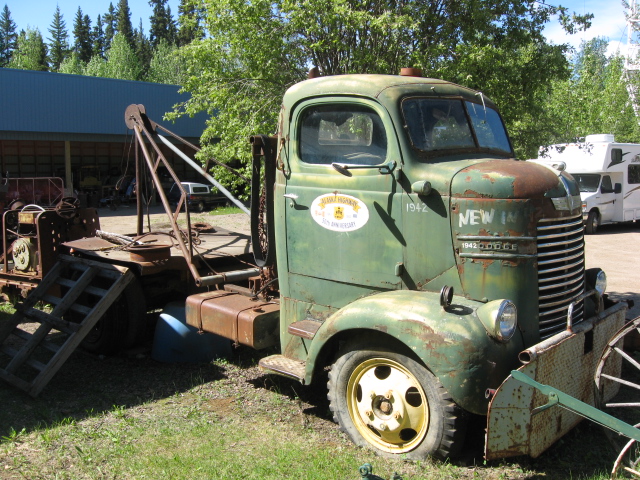

Left: Dodge tow truck. Right: GM fuel truck.
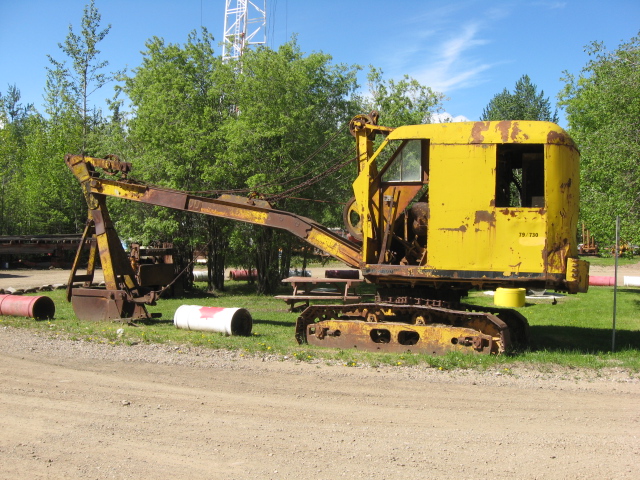

Left: old power shovel. Right: GMC fuel truck.
The theme of the museum is transportation and life in the 1940s. Artefacts include many historical items from the early days of the Alaska Highway. There are also many stuffed animals, including an albino moose.
1940s Buildings
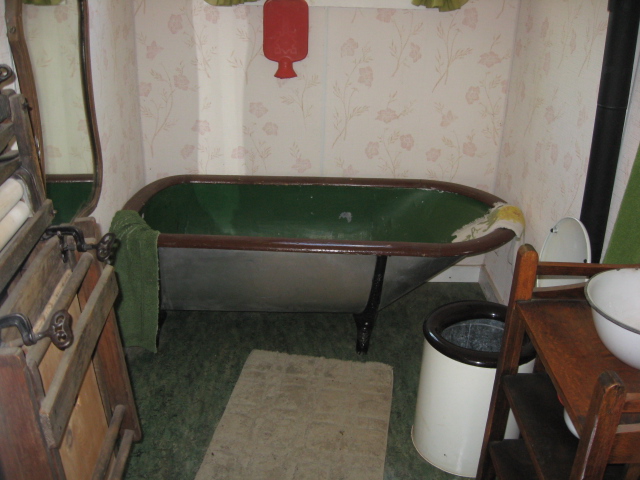

1940s house. Left bathroom. Right Kitchen.
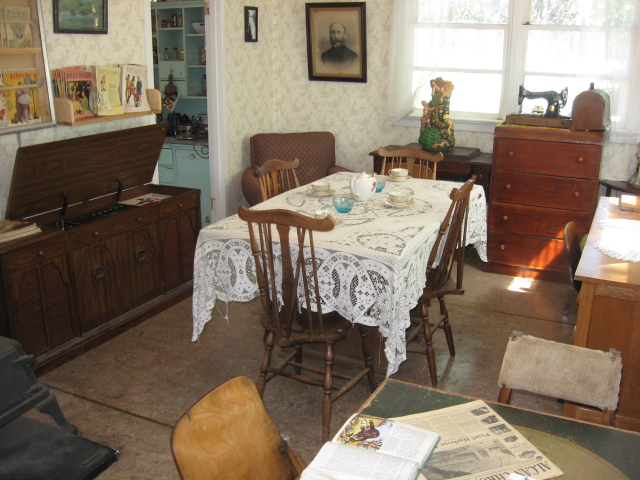

Left: Living room. Right: 1940s kitchen stove.
You can walk around the property from the main building and take in several other exhibits. Many military and civilian trucks from the Alaska Highway construction are on display. There are also some period buildings, including a 1940’s house that is fully furnished with items of the day which is very interesting. There is also an old church, a post office, a log cabin and an old oil derrick that was moved to the museum site.
Many of the artefacts were thrown away during the building of the Alaska Highway. Marl retrieved them and put them in his museum.
Marl’s Automobiles
Click the first photo to enlarge and scroll to others.
A row of cars, 1926 Ford, 1909 Brush
In a separate building is Marl Brown’s private collection of antique automobiles. The museum entrance fee includes a visit to the collection. What a marvellous collection it is. I was very impressed. This private collection rivals some big city car collections that I have seen. There are some vehicle brands that I had never heard of before. Marl has in his collection a 1909 Brush (photo above). I had never heard of a Brush automobile before. The spoked wheels, axles and chassis are made of wood. The Brush Motor company existed only from 1907 to 1913 and was located in Detroit, Michigan. This car has a one-cylinder engine, two large square gas-powered lamps on each side and a squeeze bulb-type horn. A 1912 Brush was the first automobile to drive across Australia. Today, there are not very many of them in existence.
1939 Packard, 1908 Buick and a 1951 Studebaker. Click to enlarge.
Almost all of Marl’s cars are in like-new running condition. Some excellent vehicles include a lovely 1939 Packard (above left), a 1951 Studebaker (above right) with its distinctive pointy nose and a 1908 Buick (above centre). In 2008, Marl drove the 1908 Buick to Whitehorse in the Yukon in Canada’s north for its 100th anniversary. In addition, the collection includes many fabulous old pre-1930 Fords. Marl bought some of the cars when he was a young man. He purchased the 1924 Ford 63 years ago. When we entered the building, Marl was working on the car in his coveralls. It is in original condition and not refurbished. Marl’s first car did not have a steering wheel but was controlled by a lever, like a joystick in a computer game.
Summary
Touring this museum on your way to Alaska is worth stopping. There is a campground right next door with a restaurant and laundry facilities. The visitor’s centre is across the street and has many maps and information you may want.
Marl Brown
It was a pleasure meeting and chatting with this fascinating person. Marl came north in 1957 to work for the Canadian Army as a mechanic when the Army was in charge of the Alaska Highway. He opened his museum in 1987 and was the curator until the day he died. For the next 30 years, Marl was the first person to arrive at the museum and the last one to leave at the day’s end. In 1992, Marl was awarded the Canada 125 medal for Canadians who have made a significant contribution to the country. Marl posed for these photos for me. Sadly, Marl Brown passed away in Jun 2021.
Visit Fort Nelson Museum
The museum is located just past mile 300 on the Alaska Highway. This vast museum requires eight buildings to hold all the artefacts. One of which is the oversized garage containing Marl’s cars.
Here is a link to the museum website: Fort Nelson Museum .
